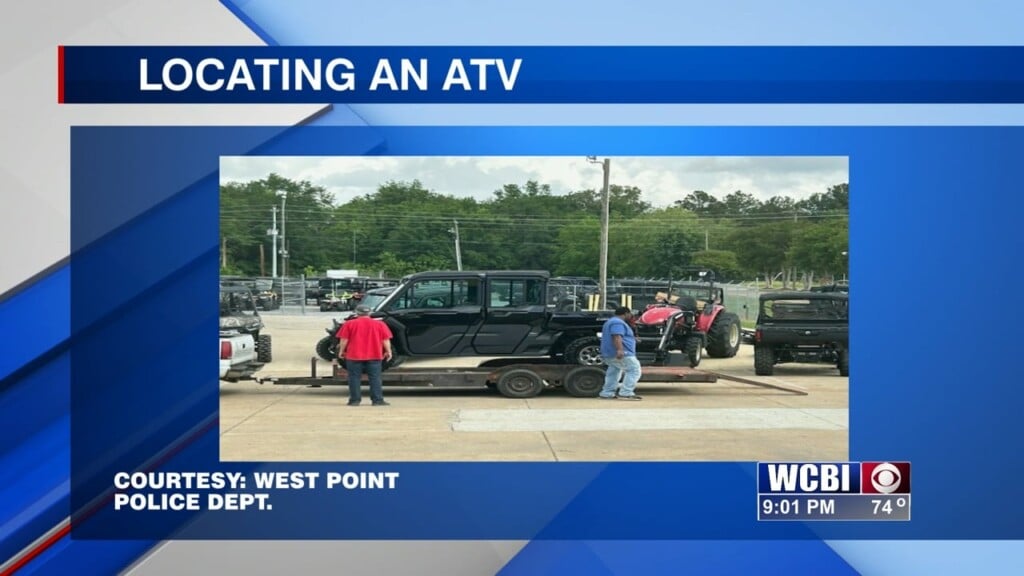City engineer discusses drainage issues within Columbus
COLUMBUS, Miss. (WCBI) – Rain, rain, and more rain… It’s something the friendly city has seen a lot of this week, and the infrastructure downtown is struggling to keep up.
“It’s really because of localized ditches that were built inadequately years and years ago by developers prior to regulations, whether it be the cities regulations, state regulations, or federal regulations,” said city engineer Kevin Stafford.
Stafford said drainage codes for severe flooding were put into place in the late 70s and early 80s– a good while after major parts of the city were developed.
“There’s entire neighborhoods in the city that are built that if they were brought to us today we would not allow them to be built the way they are because they’re too low, because of flooding issues,” said Stafford.
Over the weekend, Columbus experienced two to six inches of rainfall.
Wednesday, the city endured another two to four inches.
“When water comes down so fast, you know, several inches per hour, those rain rates, it’s got to go somewhere. Concrete will funnel that into drainage areas. It will build up in certain areas. Some spots may not see flooding, but especially urbanized spots will see flooding risk a little bit higher in these extreme rainfall events,” said WCBI News’ Chief Meteorologist Keith Gibson.
The issue is that only the newer developments in Columbus have up-to-date drainage systems.
“Newer developments, they’re going to have either underground or above-ground detention. For example, Leigh Mall. Leigh Mall was built well before all this regulation. If it were built the way it is today, it would have to have a detention pond. So, let’s just jump right across the street on 18th avenue at the new hotel development, they have two detention ponds. That’s a perfect example of similar size footprints, two different ways to develop based on stormwater regulations that are now in place,” said Stafford.
According to Stafford, the city’s drainage issues are far from over.
“That drainage plan, in a 70’s footprint of the city, which is much smaller than it is today estimated that to repair the issue they saw for just the localized flooding was a fifteen million dollar fix in ’72 money,” said Stafford.
Stafford said the issues simply can’t be fixed with money. They can only be solved over time through Public Works or through highly competitive grants.





Leave a Reply